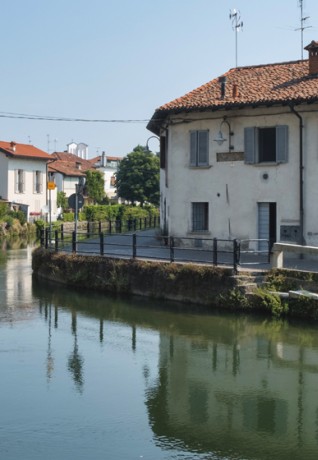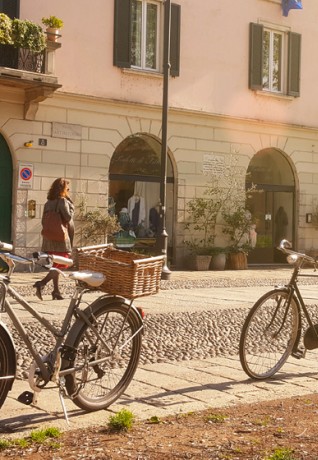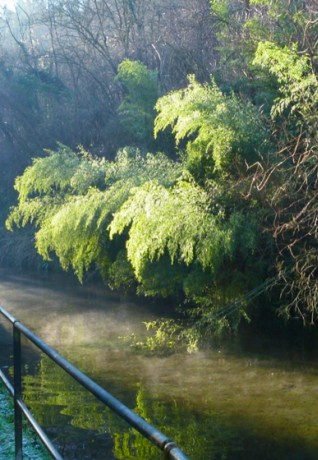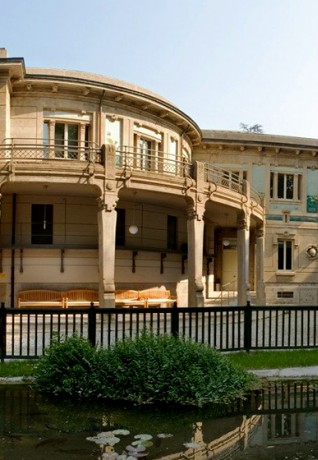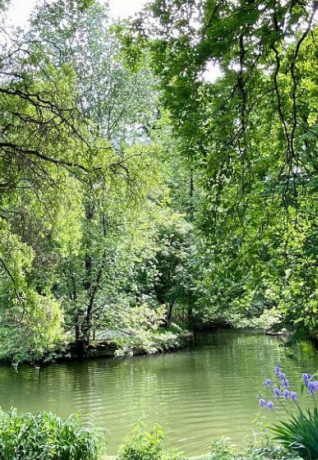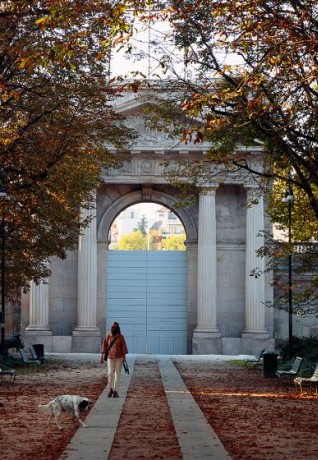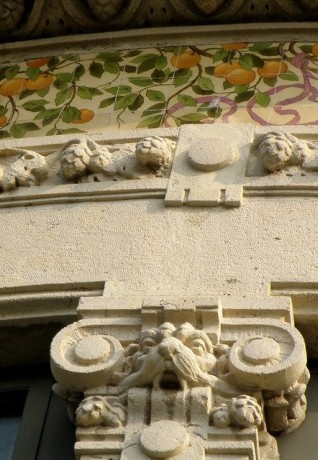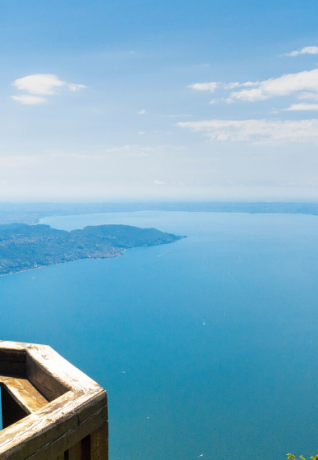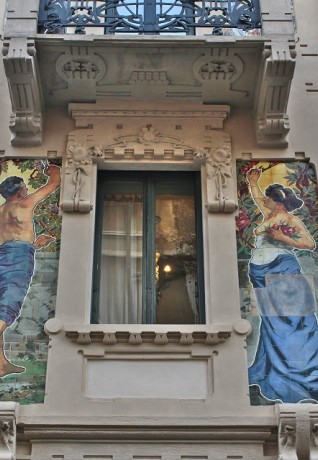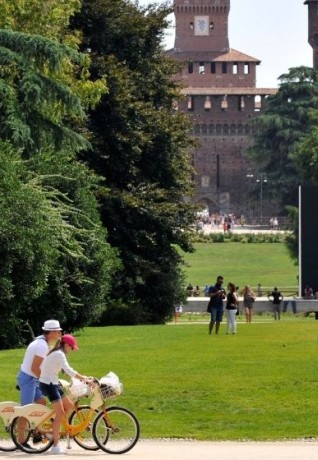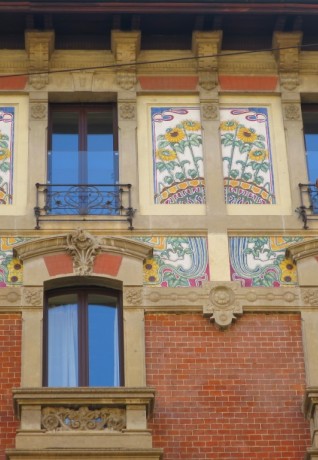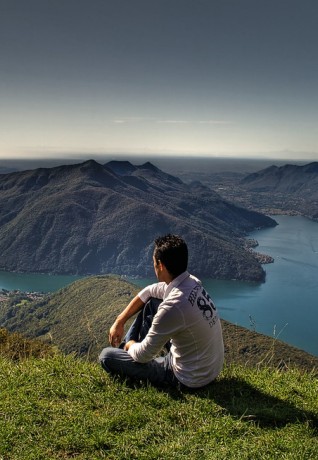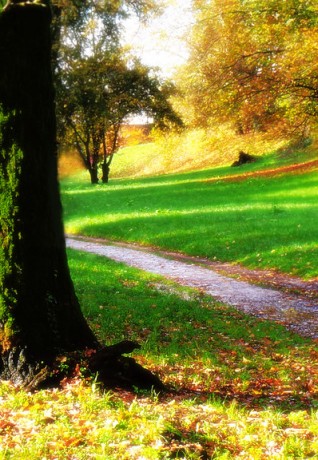The Naviglio di Bereguardo
Route from Abbiategrasso to Bereguardo (Km 18.85)
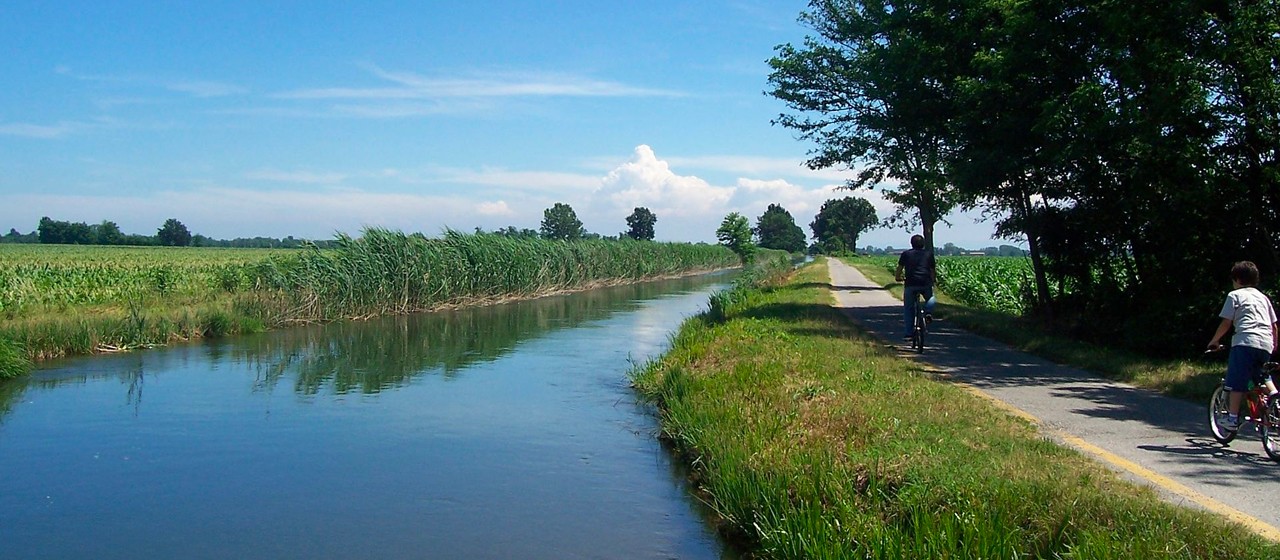
Naviglio di Bereguardo provides another enjoyable route for meandering into the Lombard countryside, through areas steeped in history and characterized by vast rice, wheat and cornfields - with glimpses of large secluded farmhouses in the distance. Cycling along the towpath you can enjoy the silence, far away from urban traffic and pollution.
Less popular than the Naviglio Grande route, but no less pleasant, it comes with numerous waterfalls and stone bridges. It has a difference in level of 24.7m that is mostly overcome through 12 locks, still in working order. The paved and level path is suitable for everyone, even families with small children.
From 1420 to 1470, Filippo Maria Visconti, Duke of Milano, had the Naviglio di Bereguardo route built, with the purpose of connecting Milano with the Po River and with the sea, thus enabling transport of goods to and from the Republic of Venice and the region East of Milano. However, following the construction of Naviglio Pavese in the nineteenth century, it suffered a rapid decline and was dedicated to agricultural purposes only.
Starting from the centre of Abbiategrasso, cycle southeast for about 500m until you cross the bridge over the canal. The cycle path commences immediately to the right but, if you want to see the actual beginning of the Naviglio, turn left and go back a few hundred metres to where the canal separates from the Naviglio Grande. The route continues alongside the town of Motta Visconti until it reaches Bereguardo, in the Pavia province.
The town rests on the confluence of the Naviglio with the Ticino River, which can be crossed via the picturesque pontoon bridge, the final destination of our itinerary. The picturesque Bereguardo Bridge is one of the last remaining pontoon constructions in Italy. Intended as a temporary measure, it was built at the end of the 19th century with wooden boats. It survived both World Wars, but the original boats were replaced. This type of bridge follows the flow of the river so that when the water level rises, the boats rise as well.
NOT TO BE MISSED
About six kilometres from Abbiategrasso, you should take a detour from the cycle path to visit the Abbey of Morimondo. A group of Cistercian monks from the motherhouse of Morimond in France founded the abbey on October 4th, 1134.
The Cistercians toiled incessantly to reclaim this once marshy land and transformed it into one of the most fertile areas of the Milanese plain. They created a dense network of canals that, in the first half of the fifteenth century, were perfected with the construction of Naviglio di Bereguardo itself.
The interior of the building, including the cloister, the monastic area and the carved wooden choir, can be visited, but look up the official website for opening hours and info.

 Log in
Log in
